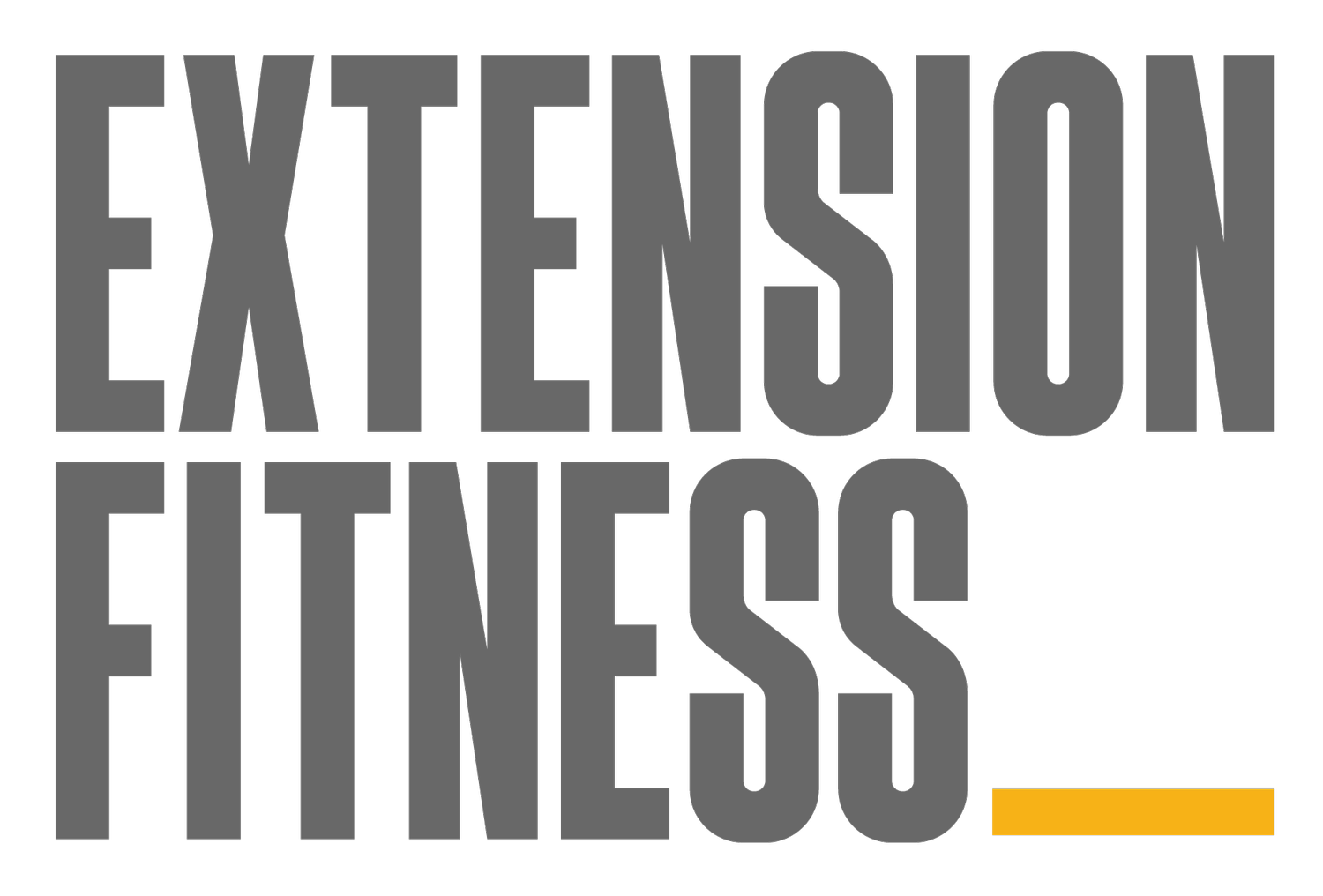Kelpie Korrespondent #5: Running Technique Wars & Info Overload - Part 1
One of the joys in pursuing a sporting interest or some other physical performance challenge is the opportunity to geek out a little. Like a new golfer scouring the internet researching how to hit into a headwind or a group of surfers chewing the fat for hours about which wind and swell conditions best suit their local breaks.
Surprisingly for non-runners, distance running is no exception to all of this. I say “surprisingly” because non-runners may fail to see how there could be enough fodder for analysis in a sport which entails putting one foot in front of the other, albeit at higher speed than usual. But, I assure you, there’s PLENTY to geek out about in the sport of running. And when it comes to running, one of the major rabbit holes you can launch yourself into is running technique. Here’s a few questions about running technique which have spawned innumerable blog posts, uncountable internet forum diatribes and enough books to make “running” a contender for a separate section in your local bookstore:
Where should you land on your foot? The heel? The ball?
Will my cushioned shoes result in bad technique? If they will, then what should I wear and for how long? Barefoot all the time? Some of the time? If they won’t, then why all this fuss about barefoot running? And why are people making gloves for feet all of a sudden?
Is my cadence (steps per minute) OK? What should it be anyway? And why?
How important is good technique anyway? Is it over-rated? Or under-rated?
Is my technique responsible for my injury?
Will changing my technique fix my injury and prevent others?
Can changing my technique make me any faster? If so, how much? If not, why not?
If you’re like me, you may find this sort of thing really interesting but also a little bit anxiety inducing. Maybe you’ve bought into a certain way of thinking about technique, implemented the dogma and its harmed (not helped) your running? Maybe you’re inclined to being a bit obsessional and worrisome, and you find yourself checking in on your technique more frequently than you should be? Some runners become so honed in on achieving “perfect” technique that they neglect the other aspects of what it takes to reach their potential as recreational distance runners - or their myopic focus on perfect movement saps away the joy and release that they had in their running; the clarity of thought they used to feel when they went out for a long run at an easy pace.
So, in this information landscape - where there’s plenty of data but an under-supply of wisdom - what’s a recreational runner to do?
Well, here’s my top tips for runners on becoming intelligent consumers of technique related content and information. I hope it helps you, and I think the lessons are transferrable to other aspects of your health and life.
Tip #1: Know the strengths and limitations of the scientific enterprise
The running technique hacks, fads and advice that reaches the ears of the recreational runner come from different sources. But probably the most influential source of information feeding into the system is “the academy” - aka universities. Importantly, this information is often fed to the public by some intermediary - a running magazine, a blog, a podcast or a social media influencer. This combination of academic research combined with media amplification means that what’s discussed in the academy trickles down to us plebes pretty quickly. The latest findings in the ivory towers are mulled over around post Parkrun coffee in no time flat, all things considered.
It follows that you need to know whether what the universities have to say is worth listening to. The answer, in my estimation, is “yes, sort of”.
“Yes”, because as the academics will tell you, they determine what they know by doing research and uncovering objective facts. It is this objective knowledge which determines what they know and how it can be applied. The universities refer to this as “evidence based practice”.
Who could be against evidence?! Who could ever oppose facts and objectivity?! It sounds like an irrefutable system!
Well, maybe. It is certainly true that facts and research are what’s needed to inform our thinking about running technique. It’s also true that the evidence based practice paradigm arose in reaction to a dysfunctional knowledge system in medicine and healthcare - one where the powerful academics and top doctors dictated what was true, and their opinions were enforced by a hierarchical power system which did not take kindly to questioning by people down the food chain like … patients, the general public or junior doctors.
But … (and here’s where the “sort of” comes in), evidence based practice is perfect in theory, reasonably good in practice (better than any other alternative), and by no means fool proof or without its issues. The reason why evidence based practice in particular, and the academic scientific enterprise in general, are not totally trustworthy is that it’s run by normal people like you and me - subject to the same biases and blindspots, perverse incentives and character flaws that beset us all. It’s human nature with spectacles and the letters “P”, “H” and “D” everywhere. Here’s a list of some issues which you can find out more about if you’re interested:
Publication bias
The repeatability crisis
“Publish or Perish”
Grey journals
The bar for statistical significance is potentially too low
Data massage
Highly varied peer review quality
For this reason, you cannot implicitly trust the latest and greatest from the academy.
TO BE CONTINUED…
